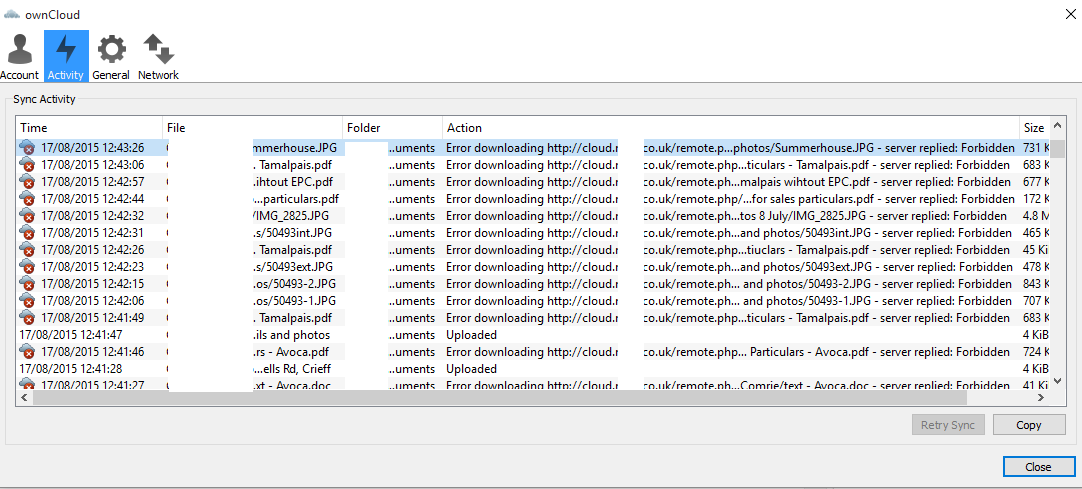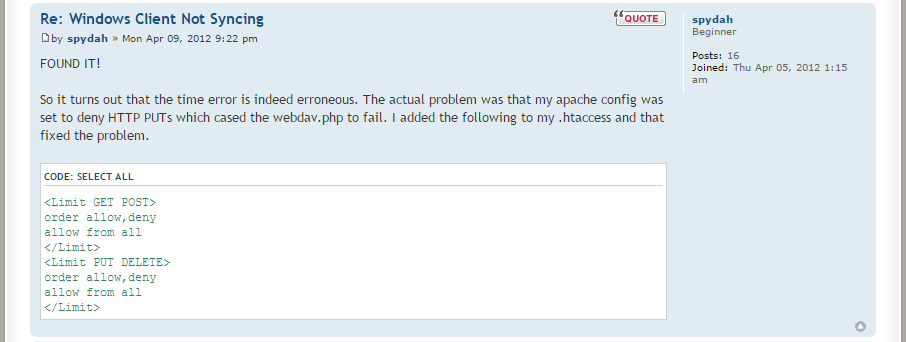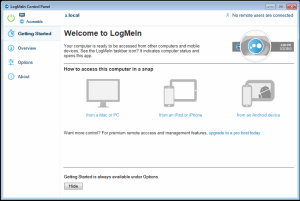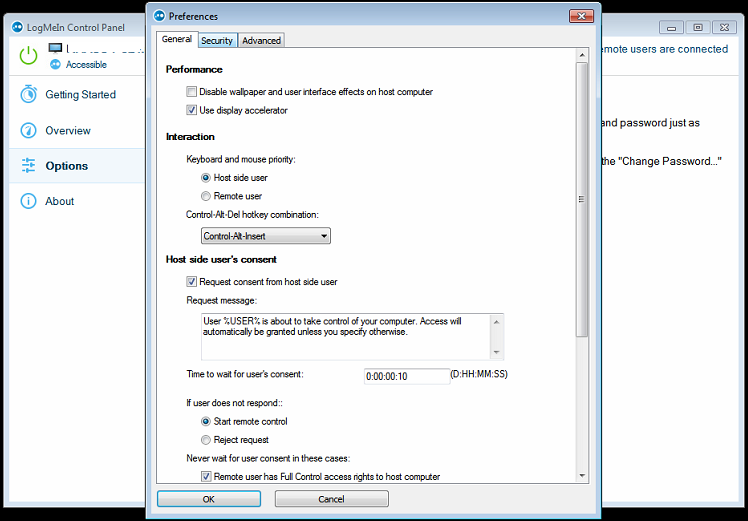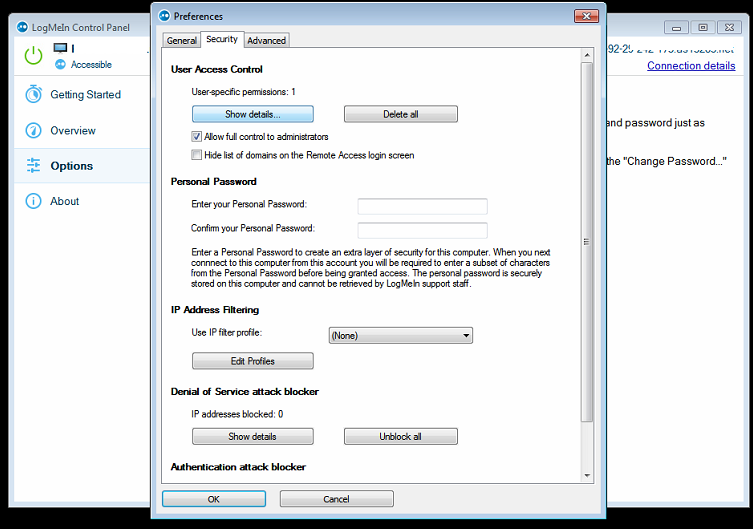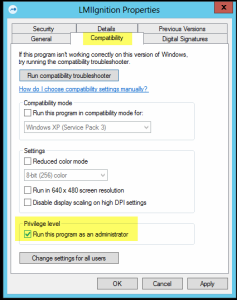Can Excel insert today’s date or time automatically?
Yes! Excel has built-in shortcuts ("Ctrl + ;" AND "Ctrl + Shift + ;") that let you quickly stamp today’s date, the current time, or even add them inside a cell that already contains text. This means you can keep accurate logs, time-stamp notes, or track when actions happened, all without complicated formulas or macros.
How to insert today’s date in Excel
To instantly insert today’s date into any cell:
- Click into the cell where you want the date.
- Press Ctrl + ; (Control key plus semicolon).
This stamps today’s date (e.g. 16/09/2025) as a fixed value that will not change the next day.
How to insert the current time in Excel
To insert the current time:
- Click into the cell where you want the time.
- Press Ctrl + Shift + ; (Control + Shift + semicolon).
This stamps the exact time (e.g. 14:37) at the moment you press the keys.
Pro tip: To add both date and time in the same cell, press Ctrl + ;, then type a space, then press Ctrl + Shift + ;.
Q: Can you insert the time or date into a cell that already has text?
A: Yes! These shortcuts work even inside text-filled cells. For example, if you’re using a cell as a running log, simply type your note, then press Ctrl + Shift + ; to append the time. Excel will add the time right where your cursor is, without overwriting your text.
Example:
Called client at 10:23
Sent email 11:05
FAQ
Does inserting today’s date or time using the shortcut update automatically the next day?
No. Using these shortcuts stamps a fixed value (static). If you want a cell to always show the live date or time, you’d use formulas like =TODAY() or =NOW(), but those will update continuously.
Can I add both date and time in one shortcut?
Not directly. But you can combine the two: press Ctrl + ; for date, type a space, then press Ctrl + Shift + ; for time.
Does inserting today’s date or time via shortcut work in Excel for Mac?
Yes, though the shortcut may vary slightly depending on your keyboard layout.
On most Macs, use:Cmd + ; for date and Cmd + Shift + ; for time.
Does inserting today’s date or time via shortcut work on all versions of Excel?
Pretty much any modern version, or Microsoft 365 version, has this feature enabled. We did our testing on Microsoft® Excel® for Microsoft 365 MSO (Version 2508 Build 16.0.19127.20192) – last checked as of 16/06/2025.
Conclusion
So, can you insert today’s date or the current time anywhere in an Excel spreadsheet? Yes, absolutely. With just two simple shortcuts, Ctrl + ; and Ctrl + Shift + ;, you can time-stamp logs, add accurate dates to records, or keep a detailed audit trail directly inside your worksheets. These tips work whether the cell is empty or already contains text, making them perfect for quick note-taking or tracking tasks inside Excel.
Mastering these keyboard tricks saves time, prevents errors, and helps you use Excel like a pro, without relying on security nightmares like macros or digging into complex and easily forgotten formulas. If you’re looking for more simple productivity tips, keep exploring here on CannotDisplay.com
![[SOLVED] How to insert todays time or date automatically *anywhere* into an Excel spreadsheet](https://cannotdisplay.com/wp-content/uploads/2025/09/solved-excel-date-time-shortcut.png)
![[Solved] Clicking on Tailscale icon does not let me login](https://cannotdisplay.com/wp-content/uploads/2023/08/image-1.png)
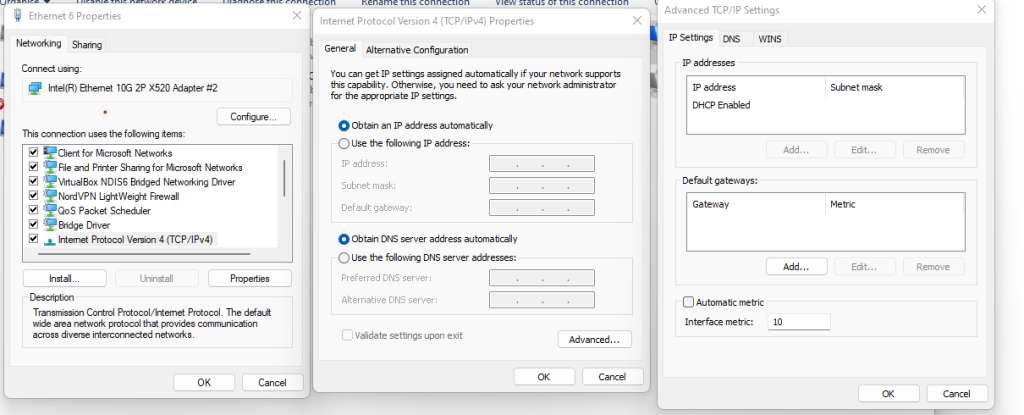

![[SOLVED] Manually Register Acronis Backup Client for Backup Cloud](https://cannotdisplay.com/wp-content/uploads/2018/02/Image-2581.png)
![Acronis error 1603 [SOLVED]](https://cannotdisplay.com/wp-content/uploads/2017/04/Acronis-error-1603-.png)
